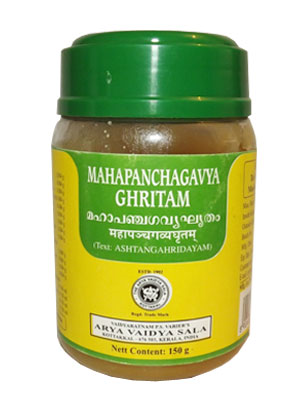E AYUR is the ayurvedic store where you can buy ayurvedic products and ayurvedic medicine online. We provide you the best ayurvedic products in our ayurvedic store. In India we are named as the best ayurvedic store where we deal with all ayurvedic products, ayurvedic cosmetics, aromatherapy, aroma products, spiritual CDs / VCDs /DVDs, Devotional songs CDs / VCDs /DVDs. We cater most popular ayurvedic brands link Baidyanath, BV Pandit, Charak, Dabur, Dhootapapeshwar, Himalaya, Kottakkal Arya Vaidya Sala, Nagarjuna Group, Organic India, Sri Sri Ayurveda, Zandu and many more brands. We offer shipping to all major cities & Villages in India.
Disclaimer: All products & Logo copyrights owned by their respective companies / manufacturer.
The information presented at this page is not intended to replace the services of a health practitioner licensed in the diagnosis or treatment of illness or disease. Any application of the material in this text is at the reader's discretion and sole responsibility. If you have a persistent medical condition or your symptoms are severe please consult a physician. Statements on this web site about health conditions and remedies have not been evaluated by the U.S. Food and Drug Administration.

